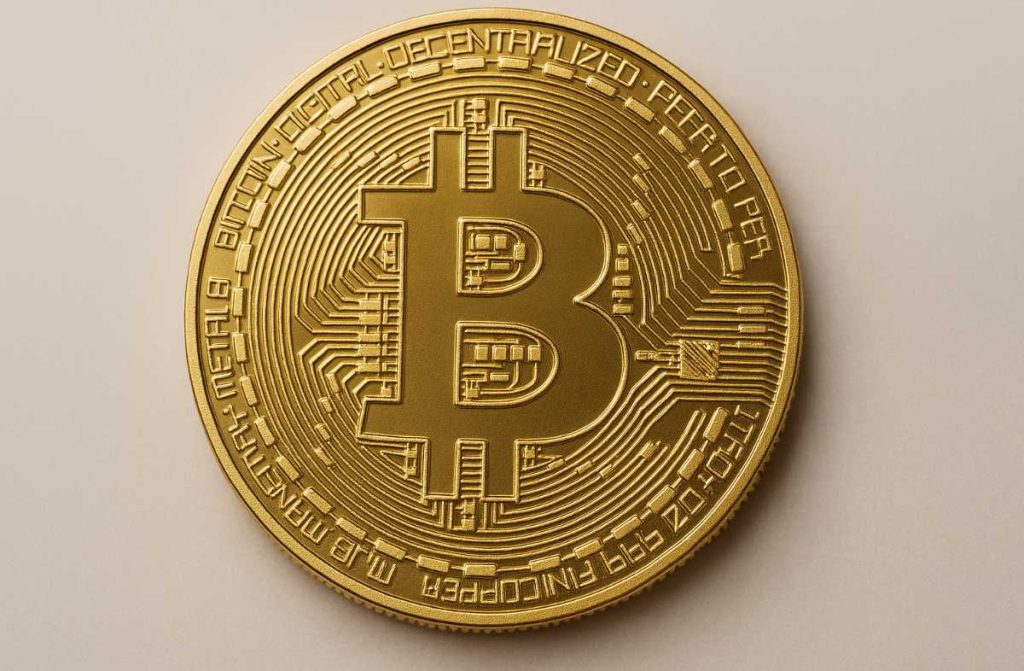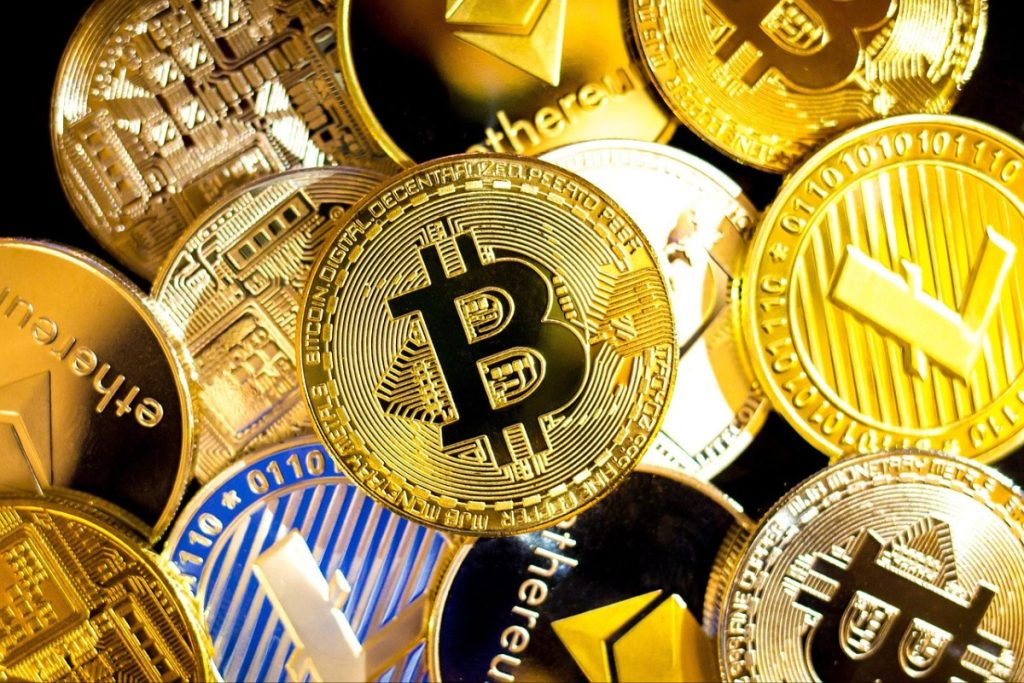Although many are skeptical about the use cases of cryptocurrencies, more projects prove that the future lies in digital assets and blockchains. The continuous challenges in the traditional financial system turn companies towards decentralized solutions, as they often offer a more transparent and accessible solution for their needs.
Business-focused cryptocurrencies, such as XRP, address the pain points of industries by providing solutions like fast transaction times, low fees, and 24/7 customer service availability. Its features and introduction to exchanges have made it efficient to navigate the steps on how to buy XRP, so now the asset is highly accessible.
But there are many other coins similar to Ripple’s native token, so let’s explore their functions and understand how they contribute to the future of global transactions.
XRP
XRP is the leader on the list as it secures near-instantaneous and low-cost transactions anywhere in the world. The settling of a transaction takes no longer than five seconds with the help of the XRP Ledger, making it a superior option to Bitcoin and Ethereum.
The system achieves this through a specialized consensus mechanism, the Ripple Protocol Consensus Algorithm (RPCA), which is based on a network of independent validators managing transactions in real-time. Moreover, the low transaction fees are based on the amount of XRP within a transaction, rather than its underlying value, so sending small or large transactions can be done for a similar low fee.
NEO
Neo is an EVM-based sidechain that combines a distinctive dBFT (Delegated Byzantine Fault Tolerance) with a MEV (Maximal Extractable Value) system. This unique technology makes NEO one of the most efficient and fairest blockchains in the industry.
NEO is also unique for its dual token mechanism, meaning the rights of governance and those of using the network are separate. With 100 million NEO generated at its inception, holders cannot break it down into smaller pieces, making the asset considerably scarce. This ensures long-term value, but the GAS network, which creates an economic incentive for services on the blockchain, makes NEO fast, affordable, and sustainable.
ADA
ADA is the native token of Cardano, a ledger powered by science and a passion for research. The blockchain utilizes the Ouroboros consensus mechanism in conjunction with Proof-of-Stake, enabling faster transaction processing and higher transaction throughput. Therefore, the network can process up to 1,000 transactions per second.
Moreover, Cardano is continually making efforts to enhance the transaction processing rate without compromising scalability and decentralization. This includes the Hydra Layer 2 scaling solution, which enables multiple transactions to occur simultaneously. Plus, the Vasil hard fork helped reduce the transaction fees on the network.
SOL
Solana’s SOL is one of the most sustainable cryptocurrencies in the industry, with a focus on achieving carbon neutrality and a climate-focused approach. According to data on carbon footprint, one transaction on Solana is equivalent to 0.00266 gCO₂e, while the CO₂ intensity is at a rate of 0.312 kgCO₂e/kWh.
While focusing on sustainability, Solana has achieved speed and efficiency through its unique Proof of History (PoH) consensus mechanism, which has attracted numerous developers and investors. This is why Solana is the ideal blockchain for innovations such as DeFi (decentralized finance), NFTs (non-fungible tokens), and dApps (decentralized applications).
XLM
XLM is the native cryptocurrency of Stellar, a public blockchain offering fast, cheap, and energy-efficient transactions and settlement times. Developers can utilize the Soroban smart contract technology, which is based on Rust, a widely used programming language in the cryptocurrency world. Stellar enables a user-friendly experience in developing with flexible tools.
When it comes to transactions, Stellar provides cross-border payments with minimal friction and 24/7/365 settlement capabilities. It can also ensure customers that they can move cash into their accounts, connecting traditional payments with modern ones. In addition, Stellar supports asset tokenization by managing fiat and Real World Assets (RWAs).
What about Bitcoin?

Bitcoin remains the most widely used cryptocurrency worldwide, with its adoption rate approaching that of its establishment. However, it may not be as efficient as the coins discussed above, simply because its innovation rate is slower.
According to Jonas Juenger, Regional Director DACH of Binance.com, “Local Binance Pay collaborations show how crypto is becoming part of everyday life – including grocery shopping in supermarkets, and highlights the powerful synergy between traditional retail and digital payment solutions, offering an enriched shopping experience. It’s proof that crypto isn’t just for traders or institutions, it’s for everyone.”
Bitcoin has become the coin for everyone, as it’s increasingly accessible to use. However, network congestion, considerable gas fees, and, most importantly, environmental concerns contributed to the rise of alternatives. At the same time, the massive asset diversification is beneficial for the market’s flow.
Why should you own a diversified portfolio?
Any investor, whether interested in crypto or already a user, must allocate value in vast industries and assets for better volatility management and long-term rewards. Considering that not all assets move in the same direction, providing your portfolio with a diverse range of cryptocurrencies ensures diversification, which helps protect the portfolio against significant swings.
It’s best to diversify based on market capitalization, meaning including:
- Large-cap cryptocurrencies have a market cap of over $10 billion, such as Bitcoin and Ethereum;
- Mid-cap cryptocurrencies stand between $1B – $10B, such as Solana and Polkadot;
- Small-cap cryptocurrencies with a value under $1B, and include niche projects like meme coins;
Balancing the portfolio between these three types of coins can ensure success and protection against volatility, but the allocation percentage also depends on your risk level. Low-risk investors should rely more on large-cap assets, while high-risk investors can opt for small-cap assets to take advantage of volatility and achieve substantial gains.
Final considerations
Although Bitcoin is leading the cryptocurrency market, many investors prefer alternatives for their transactions and investment portfolios. Most of these coins have a superior technological development, as these projects focused on speed, efficiency, and sustainable features that make them more accessible.
Cardano, Solana, and Stellar are just a few examples of the best-performing blockchains, and they’re continually improving to make cryptocurrency and blockchain technology accessible to a vast audience.





